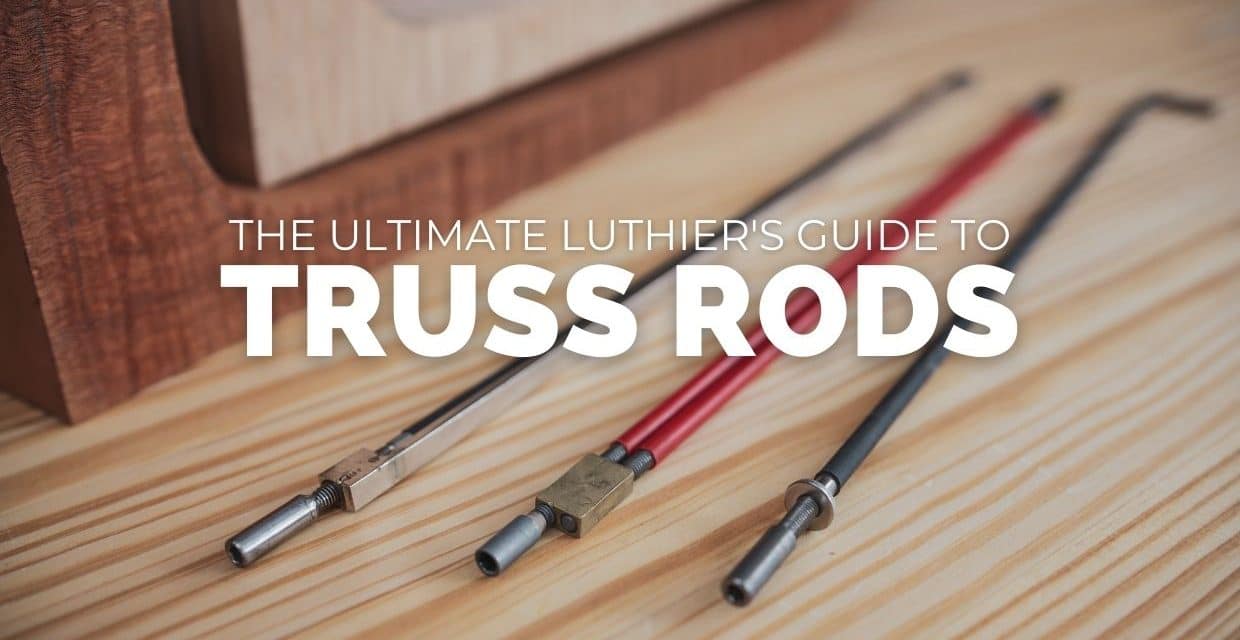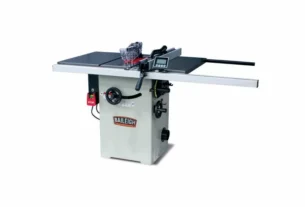Are you tired of struggling with your guitar’s neck? Is it difficult to get the sound you want because of a poorly adjusted truss rod? Fear not, as there is a solution that can help you achieve the sound that you’ve been dreaming of. The answer lies in truss rod adjustment tools.
In this article, we will take an in-depth look at truss rod adjustment tools and how they can help improve your guitar’s sound. From the different types of truss rods to the best tools for adjusting them, we’ll cover everything you need to know.
What is a Truss Rod?
Firstly, let’s discuss what a truss rod actually is. A truss rod is a long metal bar that runs through your guitar’s neck. Its purpose is to counteract the tension from the strings and keep the neck straight. Without a functioning truss rod, your guitar’s neck would warp over time due to the constant pressure from the strings.
Why Use a Truss Rod Adjustment Tool?
If you’re experiencing buzzing or intonation issues with your guitar, it may be due to an improperly adjusted truss rod. While some adjustments can be made without specialized tools, using a truss rod adjustment tool makes the job much easier and more precise.
Different Types of Truss Rods
Before we dive into the types of truss rod adjustment tools available, it’s important to understand the different types of truss rods themselves. There are two main types of truss rods:
1. Single-Action Truss Rods: These are the most common type found on guitars today. They consist of a single metal bar that runs through the neck and can only be adjusted in one direction.
2. Dual-Action Truss Rods: These are becoming increasingly popular due to their ability to adjust in both directions. This allows for greater control over the neck’s curvature and can help solve intonation issues.
Types of Truss Rod Adjustment Tools
Now that we’ve covered the different types of truss rods, let’s take a look at the various types of truss rod adjustment tools available:
1. Allen Wrench: The most common tool used to adjust truss rods is an Allen wrench. These come in various sizes, so it’s important to ensure you have the correct size for your guitar.
2. Screwdriver: In some cases, a screwdriver may be used instead of an Allen wrench. This is typically only the case for older guitars or those with non-standard truss rod designs.
3. Specialty Tools: There are also specialty truss rod adjustment tools available that are designed specifically for certain types of truss rods. These include nut drivers, socket wrenches, and even digital torque wrenches.
How to Adjust Your Truss Rod
Now that you have an understanding of what a truss rod is and the different types of truss rod adjustment tools available, let’s discuss how to actually adjust your truss rod:
1. Loosen the Strings: Before making any adjustments, it’s important to loosen your guitar strings to reduce tension on the neck.
2. Locate the Truss Rod: Depending on your guitar’s design, the truss rod may be located either at the base or headstock of the neck.
3. Use the Tool: Insert your chosen tool into the adjustment nut and turn clockwise or counterclockwise depending on which way you need to adjust the curvature of the neck.
4. Re-tune Your Guitar: Once you’ve made your adjustments, re-tune your guitar and test it out to see if any further adjustments are necessary.
Conclusion
In conclusion, a properly adjusted truss rod is essential for achieving optimal sound quality from your guitar. By using a truss rod adjustment tool, you can make precise adjustments to your guitar’s neck and avoid damaging the instrument. With the information provided in this article, you should now have a better understanding of truss rods and be equipped with the knowledge necessary to adjust them yourself.
References:
1. Truss Rods – Wikipedia
2. How to Adjust Your Guitar’s Truss Rod – Fender.com
3. The Importance of Truss Rod Adjustment – Sweetwater.com




